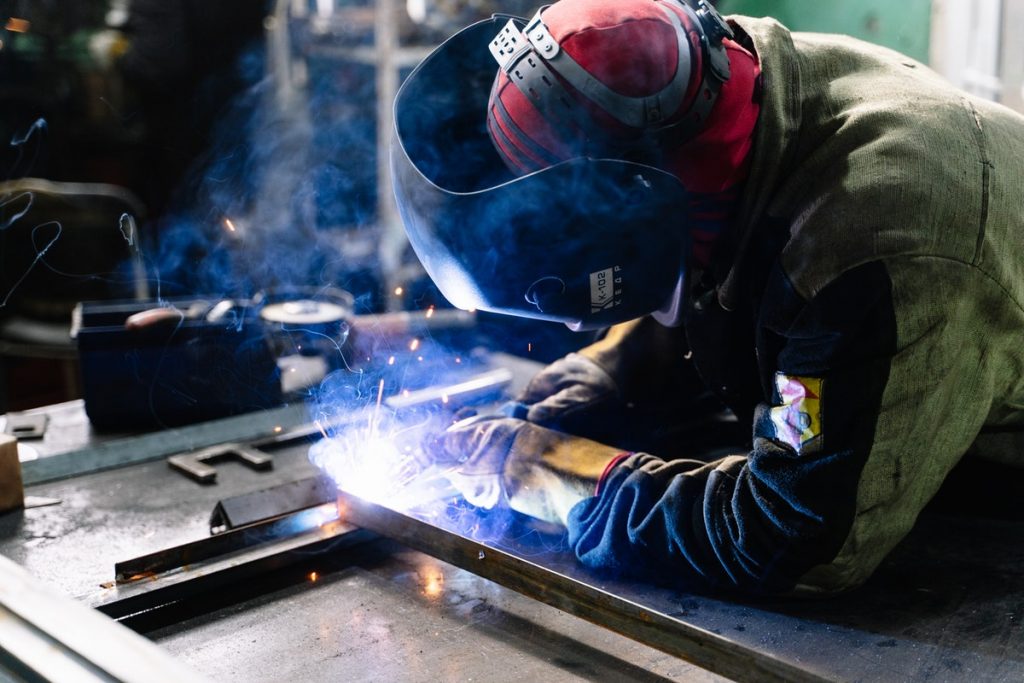Wire welding is one of the technologies used in the welding industry. The semi-automatic process uses a continuous wire electrode, automatically feed through a welding gun. Read on to discover what this process entails and how it works.
Wire welding technology involves placing the gun close to the workbench and slowing down the trigger. This allows a welder to initiate an arc and continue feeding of the wire electrode automatically as the welding takes place until the trigger is released.
Several wire electrodes are available in the market but the two best types for farm and home welding activities are solid and flux-cored wire electrodes. Solid wire electrodes support the MIG welding (gas metal arc welding—GMAW). On the other hand, flux-cored wire electrodes support flux-cored welding (flux-cored arc welding—FCAW).
Solid Wire Electrodes
When using a solid wire electrode, you need a shielding gas to prevent any impurities from the atmosphere, such as oxygen or nitrogen from getting into the molten weld puddle. With a shielding gas, you eliminate the formation of slag. Popular shielding gases include carbon dioxide (100% CO2) and a combination of Argon and Carbon dioxide (75% Ar/25% CO2). Other mixed-gas combinations are also available in the market.
On the other hand, the flux-cored wire electrodes are different from the solid wires because they have a flux center core. The flux creates a shielding gas upon melting, thereby protecting the molten puddle from impurities.
Equipment and Tools Used in Wire Welding
In addition to the basic protective equipment such as an auto tint welding helmet, proper clothing, and gloves, here are some of the equipment and tools used in wire welding:
- Power welding machine and all its components
- Shielding system and all its components
- Wire cutters, chisel or chipping hammer, and a wire brush.
Techniques Used in Wire Welding
For best quality weld, it’s important to master wire welding techniques. To begin with, ensure that your workpiece, the material you are welding, remains clean. Using a wire brush, a piece of clean cloth, or sandpaper, remove any dirt, grease, rust, oil, or any other contaminant that might interfere with the welding process. Do not use cleaning solvents, as these can easily cause fire or toxic fumes during the welding process.
Wire Polarity
It’s important to check the manufacturer’s instructions for wire polarity. This will enable you to set your power source accordingly. If the polarity is not set properly, you might get a poor quality weld.
Wire Speed and Voltage

It’s also important to select a proper wire feed speed, known as amperage, as well as voltage, according to the requirements of your wire electrode. Performing some test welds on scrap metal pieces could be a better way to gauge the wire feed speed and voltage.
Overall, you should not use wire speed that is too fast, as this can cause too much metal deposit and waste filler material. Similarly, do not set your wire feed speed too low, as this can cause the weld not to penetrate or fill the joint properly.
With the tips outlined here, you can tell the difference between wire welding electrodes and choose what best suits your application.

